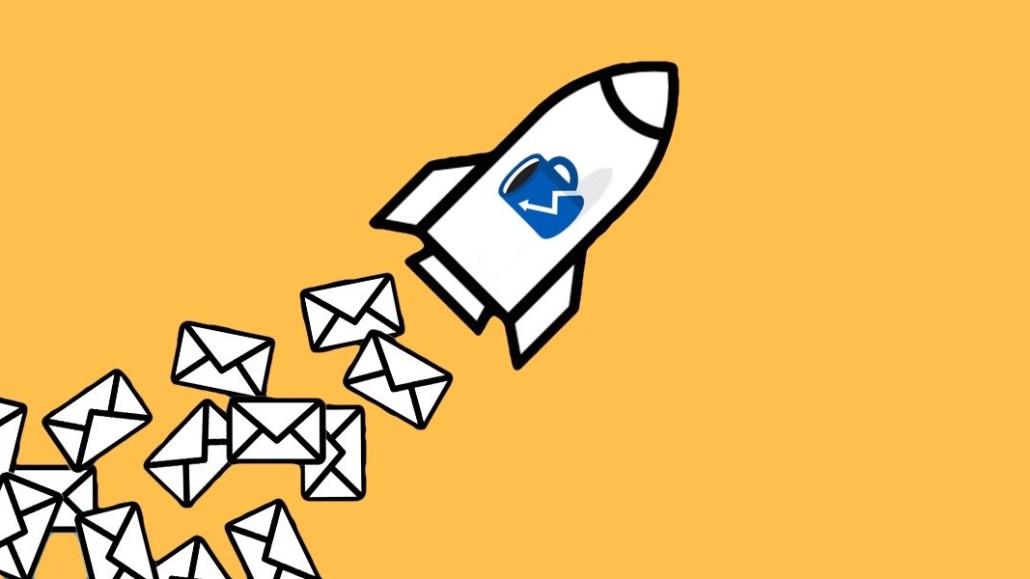I call it the Audience Funnel.
The concept is simple, but it allows you to...
1) Think strategically about building your own audience
2) Analyze the relative strength of other companies' audiences
3) Understand the similarities & differences of different audience channels
The Audience Funnel is divided into three tiers, which include:
1) Rented Audience
2) Owned Audience
3) Monetized Audience
Tier 1: Rented Audience
𝗪𝗵𝗮𝘁: This is your top of funnel. It allows you to build mass awareness & is key for developing a relationship with your audience.
𝗣𝗿𝗼𝘀: High shareability, high discoverability
𝗖𝗼𝗻𝘀: You don't own your audience
Examples of Rented Audiences
- Social networks (IG, FB, Twitter, TikTok)
- Video platforms (Twitch, YouTube)
- Search engines (Web content)
Examples of Businesses with Big Rented Audiences
-
@BuzzFeed (Instagram)
-
@GoPro (YouTube)
-
@charlidamelio (TikTok)
Tier 2: Owned Audience
𝗪𝗵𝗮𝘁: This is your opt-in audience. It allows you to build a deeper, more intimate relationship.
𝗣𝗿𝗼𝘀: You own the relationship with your audience.
𝗖𝗼𝗻𝘀: Low shareability, Low discoverability
Examples of Owned Audiences
- Free newsletters
- Free podcasts
- Virtual events
Examples of Businesses with Big Owned Audiences
-
@MorningBrew (Newsletter)
-
@tferriss (Podcast)
-
@salesforce (Event)
Tier 3: Monetized Audience
𝗪𝗵𝗮𝘁: This is your highest intent audience. This allows you to extract value from your audience directly.
𝗣𝗿𝗼𝘀: Extends LTV of best customers
𝗖𝗼𝗻𝘀: Difficult to pull off, must be done with existing owned or rented audience
Examples of Monetized Audiences
- Paid newsletter
- Paid web subscription
- Membership
- Commerce
Examples of Businesses with Big Monetized Audiences
-
@something_navy (Apparel)
-
@nytimes (Subscription)
-
@MrBeastYT (Burgers)
That's the Audience Funnel...
Now, here's how to think about it with your own audience:
1) Rented Audiences aren't inherently bad.
You must leverage them responsibly. Use the power of platforms (size, shareability, discovery) to kick-off a relationship with your audience.
2) But never put all your eggs in Rented Audiences.
Remember, you don't own the relationship. A platform, network, search engine does. You must become great at building large, rented audience & moving that audience down the funnel.
3) Owned Audiences take a while to grow, but when done properly they create immense value.
Just look at
@MorningBrew. We built an owned audience from scratch.
2.6 million email addresses later, we have the privilege of building up audience elsewhere.
4) It's not just about Renting or Owning an audience.
It's about serving great content that solves a problem or fuels a passion.
While technically an Owned Audience, an email list with a 5% open rate will do little to help you achieve your ultimate business goals.
That's all for now!
I hope you've enjoyed my framework for understanding & building audiences on the internet.
For more threads related to business-building, media, and marketing, shoot me a follow!






